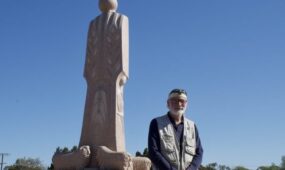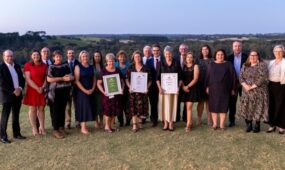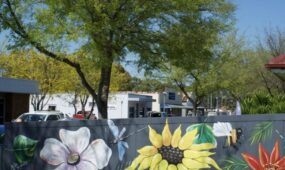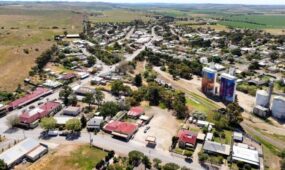AI eyes on KI wildlife comeback
Regional
WWF Australia has discovered Kangaroo Island dunnarts returning to bushfire-ravaged areas through an artificial intelligence-boosted sensor camera project – but first the system had to be trained to detect Australian wildlife.

Sign up to receive notifications about new stories in this category.
Thank you for subscribing to story notifications.
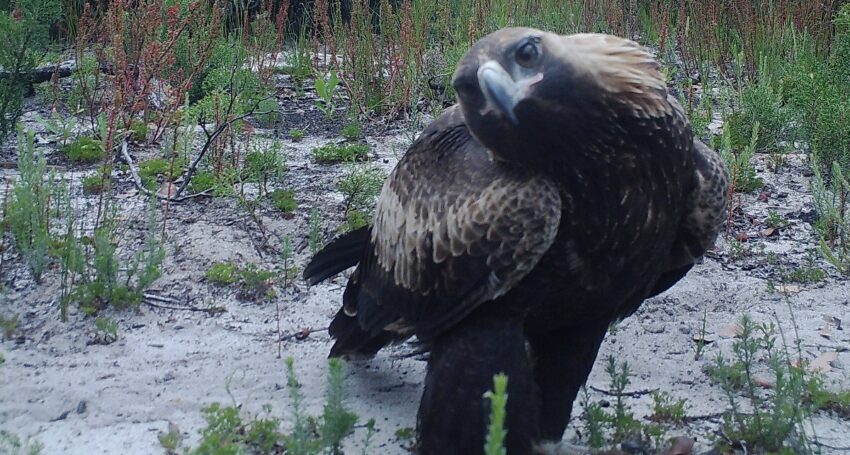
Since beginning its Eyes on Recovery project in December 2020, WWF has captured seven million images of animals as it tracks the return of wildlife to eight bushfire-affected regions across Australia.
In South Australia, WWF concentrated on the Kangaroo Island dunnart because the bushfires had burnt 90 per cent of its habitat and that raised fears for the survival of the critically endangered species.
In partnership with the Kangaroo Island Landscape Board, the WWF has since detected images of the Kangaroo Island dunnart, a small, mouse-like marsupial unique to Kangaroo Island.
“It was important to not only know whether or not they had survived but just to understand a little bit more about the dunnart,” said Eyes on Recovery Project Coordinator Dr Emma Spencer.
“Three and a half years on we’ve detected them at about 90 per cent of sites, so that’s suggesting really promising recovery.”

A sensor camera photo of a Kangaroo Island dunnart. Photo: Kangaroo Island Landscape Board
The project was able to detect the dunnart and other wildlife using the Google-backed artificial intelligence platform Wildlife Insights. Pygmy possums, western grey kangaroos and sub-species of echidnas were also caught on camera.
It is the first use of Wildlife Insights on Australian animals. It had previously been trained to detect invasive species, such as red foxes, cats and deer.
“It got it pretty wrong at the beginning,” said Spencer.
“It was actually still useful even though it couldn’t ID the species, and that’s because it was able to help us filter out the blanks.”
The AI was fed multiple images of Australian wildlife to train it and improve its accuracy over a year, including poorer quality images such as just the ear or tail of an animal. It has since been trained to identify more than 150 Australian animals.
“Even some less common ones like spotted-tail quolls, brush-tail rock wallabies, they’re being identified at a fairly high accuracy and precision,” she said.
“These models are continuously developing. They’ll get better and better.”
Other animals on the island have seen good recovery since the tracking began.
“Because we had a bit of rain, a lot of animals didn’t just recover, in some cases they boomed,” Spencer said.
“We saw a lot of rodents, in particular. Those smaller mammals bouncing back big time.”
Although the WWF has seen good recovery in the dunnart population, it does not indicate how the species will fare in the long term.
“Often you see this big increase after fires, and maybe that’s what we’re seeing,” Spencer said.
“Maybe they’ll plateau off, maybe they’ll decline.
“We’ve never been able to track how they respond to fire on Kangaroo Island.”
The project has also collected data that will be useful in future responses to bushfire or flood events.
“When we had these fires run through the country, one of the biggest issues is we didn’t have a lot of baseline data,” Spencer said.
“It was really hard to know what we’d lost because we didn’t have much data to say what was there before.
“If we have something else that happens in the environment, we know what should be there and what was lost because of the event and then we can get out there and more quickly help any species that might not be doing so well or lost in an area where they existed before.”
Whilst the project will finish at the end of June, many of its partners have decided to keep the cameras out in the field to continue monitoring.
A report on the project’s findings is set to be released in July this year.
Jump to next article

